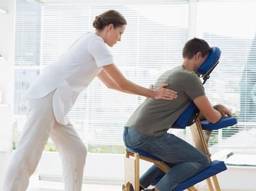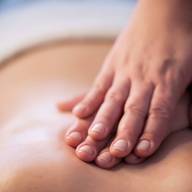How can Thai massage improve your lifestyle?

Thai massage is also a good choice for persons who don't like the idea of removing their clothing for a massage session. Recipients in a Thai massage remain clothed for the entire session and only remove their shoes and jewellery for the massage. Thai masseuses recommend that recipients wear comfortable and loose clothing for their session.
During a Thai massage, the practitioner will move the recipient through a variety of yoga-like poses, stretching, flexing, and applying pressure to the body according to specific techniques. An interesting characteristic of Thai massage that distinguishes it from other types of massage is how the masseuse uses their body to perform the service.
Rather than only relying on their fingers or hands, a Thai massage practitioner will use their whole body to perform the massage. They may use their fingers to pull fingers and toes, their elbows to pinpoint tight muscle knots, their arms to mobilise the recipient’s torso, and even their knees and feet to apply pressure to the recipient's back, glute muscles, and hamstrings. In Thailand, certified Thai massage therapists are required to complete a minimum of 800 training hours, as well as a training course, before acquiring their professional licenses.
Thai massage is enjoyable and accessible to most people, however, certain Thai health ministries do warn that Thai massage should be avoided by pregnant women in their first or third trimester of pregnancy, as more vigorous massage sessions have, in rare circumstances, triggered miscarriage.

